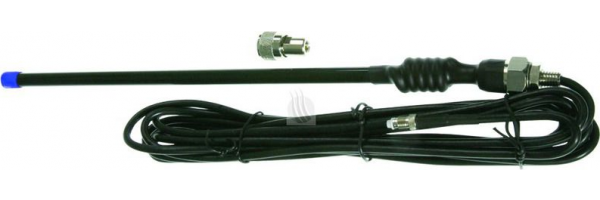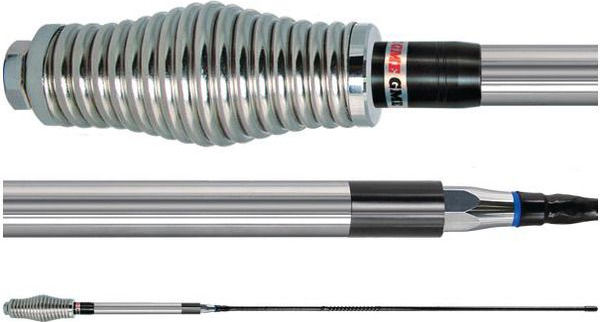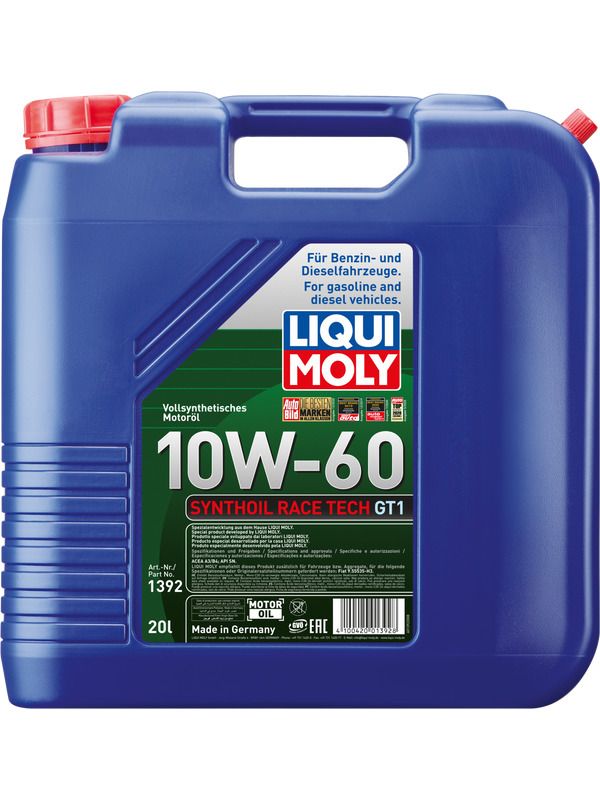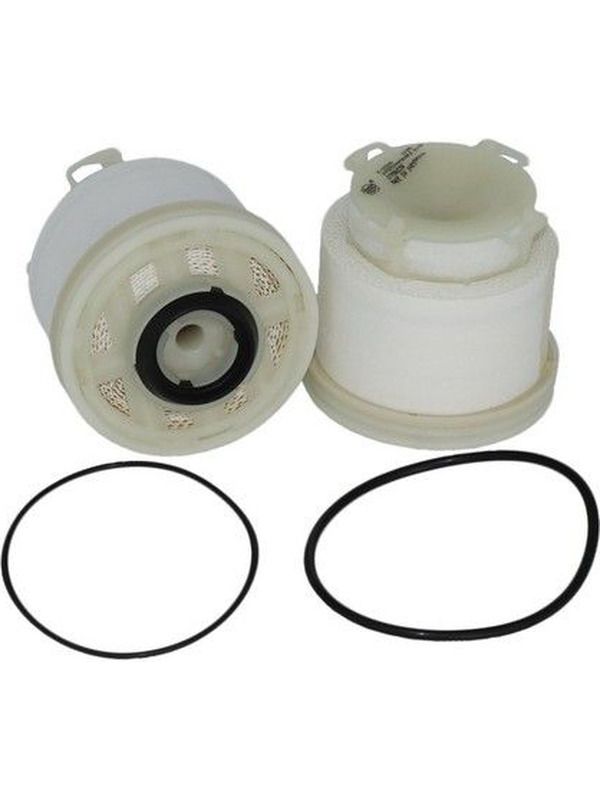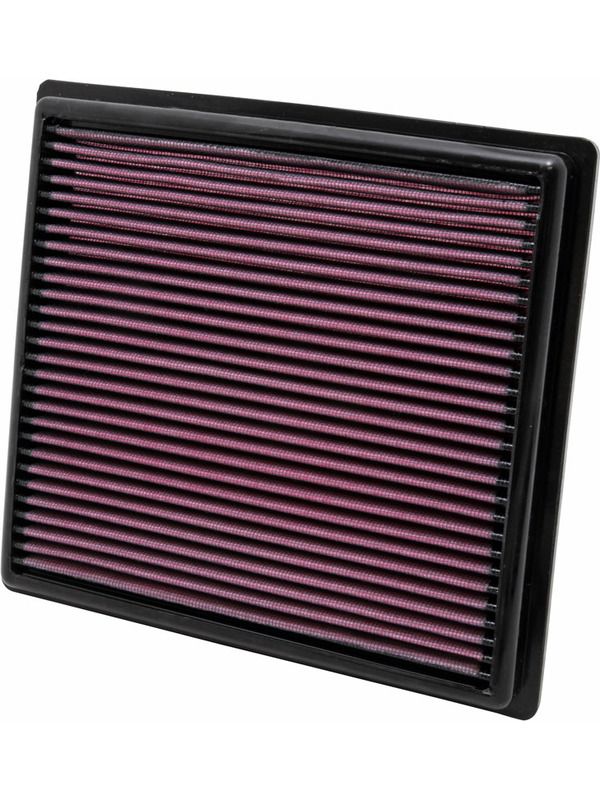Off-Road Essentials: Choosing the Right Antenna for Your 4WD
Are you ready for an unforgettable off-road adventure? Whether you're an experienced 4WD enthusiast or a newbie looking for a challenge, exploring Australia's rugged terrain can be an incredibly rewarding experience. But before you hit the road, it's important to make sure you have the right equipment, including a high-quality Antenna that can keep you connected no matter where your travels take you.
Choosing the right antenna for your 4WD can be a bit overwhelming, but fear not - we've got you covered. We will discuss some of the key factors to consider when selecting an antenna for your off-road vehicle, from antenna types and frequency ranges to antenna height and mounting options, we'll help you find the perfect antenna to keep you connected and safe on your off-road adventures.
Types Of Antennas
The type of antenna you choose can have a significant impact on your communication capabilities while off-roading. Whip antennas are a common choice for off-road enthusiasts because they are lightweight, portable, and easy to install. These antennas are flexible, so they can be mounted in a variety of locations on your vehicle, such as the roof or the rear. Whip antennas are also relatively inexpensive, making them a popular choice for those on a budget.
However, if you prioritize signal quality over portability, a bull bar antenna might be a better option for your 4WD. Bull bar antennas are mounted on the front of your vehicle and are more robust than whip antennas. They are designed to withstand rough terrain and weather conditions, and they provide a more reliable signal compared to whip antennas. Bull bar antennas are typically larger and heavier than whip antennas, so they are not as portable, and they may require a more permanent installation.
Frequency Range
The next important aspect to keep in mind when choosing an antenna is the frequency range of your Radio. In Australia, UHF radios are the most common, and they operate between 476-477 MHz. They are popular for off-roading because they offer a more reliable signal in hilly and densely wooded areas, and they are also more resistant to interference from electrical equipment and other radios.
It's also important to make sure that the antenna is compatible with your radio's frequency range. If your radio operates on UHF frequencies, you'll need to choose a UHF antenna. Similarly, if your radio operates on VHF frequencies, you'll need a VHF antenna. Some antennas can operate on both UHF and VHF frequencies, these antennas are called dual-band antennas and are a good choice if you have multiple radios with different frequency ranges.
Antenna Height And Mounts
Another simple but important factor that might often be overlooked is antenna height. The taller the antenna, the better the signal quality, but you'll also want to make sure that the antenna isn't too tall to interfere with low-hanging branches or obstacles. A good rule of thumb is to mount the antenna as high as possible without sacrificing practicality or safety.
For Antenna Mounts, there are several options to choose from, including bull bar mounts, gutter mounts, and roof rack mounts. A quality mount will ensure that your antenna is secure and won't come loose while driving on rough terrain.
Last but not least, choose a reputable antenna brand like GME. With a proven track record of producing high-quality antennas suitable for off-road use, you can trust that a Rolan antenna will keep you connected and safe on your adventures.

